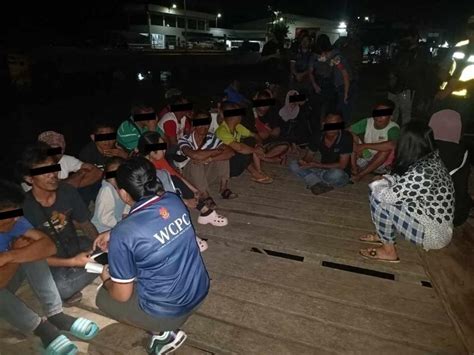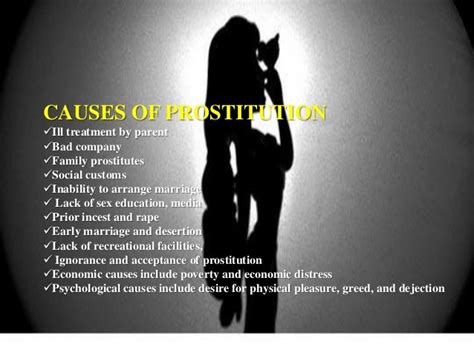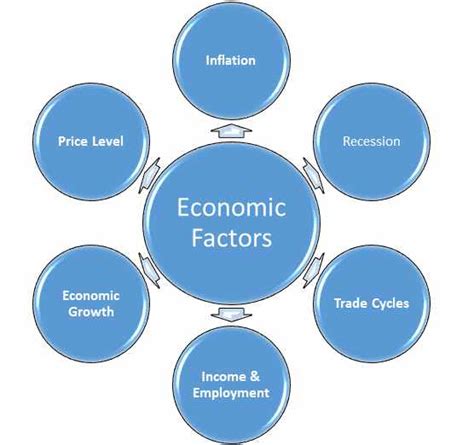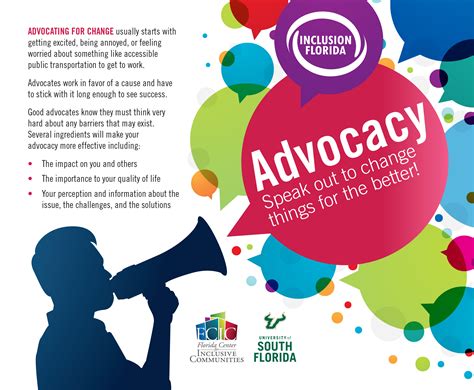Prostitution and Human Trafficking in Zamboanga

The Root Causes and Prevalence of Prostitution

Prostitution and human trafficking are major issues in Mindanao, particularly in Zamboanga. These problems are often linked to poverty and unemployment, which force many individuals into such situations. For example, some young women engage in prostitution, escort work, or pole dancing to fund their education due to financial struggles. The rising cost of living has worsened this trend, pushing more people into the sex trade.
Zamboanga City’s Sex Trade and Its Manifestations
Zamboanga City, in particular, has seen a significant presence of brothels, red-light districts, and sex shops. Escort services and prostitution rings operate openly, with some even being promoted through online platforms and social media. The city’s escort listings include both female and transgender individuals, catering to various demands.
Broader Regional Issues and Contributing Factors

Additionally, there have been reports of illegal mining activities contributing to child labor and prostitution in nearby areas like Diplahan. Displacement and crises, such as the Zamboanga siege, have also led to an increase in prostitution. Evacuees in transitory sites often turn to the sex trade as a means of survival. Human trafficking syndicates target these vulnerable groups, exploiting their desperation. There have been cases of women and children being forced into prostitution in evacuation centers, highlighting the urgency of the issue.
Government Response and Potential Solutions
The government’s response to these problems has been inconsistent. While some interventions have been made, the root causes of poverty and unemployment remain unaddressed. Legalizing prostitution has been debated as a potential solution, as it could allow regulation and reduce the spread of diseases. However, this remains a controversial topic.
Awareness and Advocacy Efforts

Efforts to raise awareness about prostitution and human trafficking have been made through campaigns and studies. For instance, the “Prostitution Awareness Campaign” in Davao City aimed to shed light on the issue. Additionally, research on sex work and sex workers in Zamboanga City has been conducted to better understand the problem and potential solutions.
Despite these efforts, the situation remains dire. Poverty, shaky moral values, and lack of opportunities continue to drive individuals into prostitution. The involvement of children and the growing number of sex workers in the region underscore the need for immediate and effective action. The psychological and social impact on those involved, particularly women and children, cannot be ignored. Addressing the root causes and providing alternative livelihoods are essential steps toward solving this complex issue.
*TAGS* – Prostitution Zamboanga, human trafficking, sex trade, poverty, unemployment, illegal mining, child labor, displacement, evacuation centers, awareness campaigns, legalizing prostitution, alternative livelihoods.